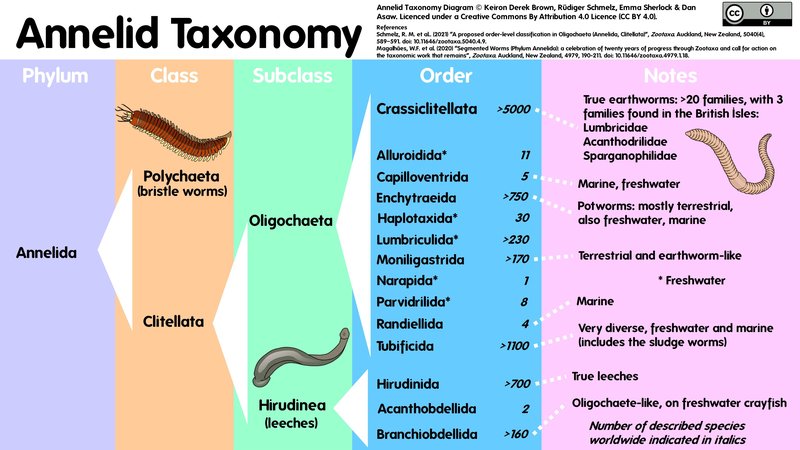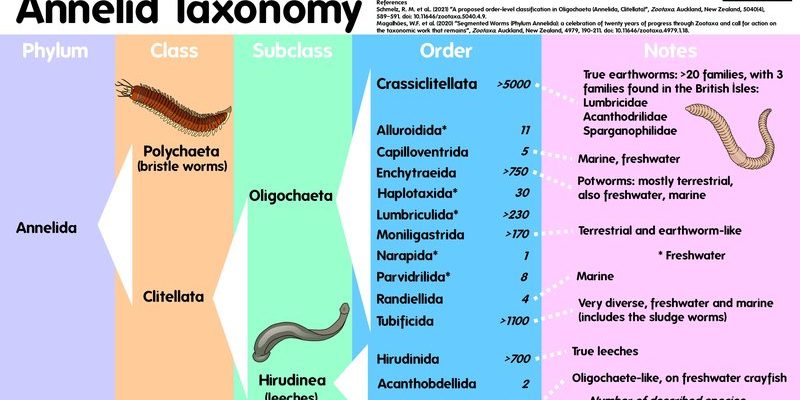
Imagine you’re sipping a warm cup of coffee and chatting with a friend about these little wrigglers. You might be wondering why it even matters to compare them. Well, knowing the differences can help you choose the right type based on your needs—whether you’re raising fish fry, cultivating a garden, or just curious about the ecosystem in your backyard. Let’s get started!
What Are Microworms?
Microworms, or *Panagrellus redivivus*, are tiny nematodes that thrive in moist environments, often found in decaying organic material. They’re usually less than a millimeter long and are often described as “the tiniest live food” for fish and other aquatic pets. Microworms reproduce quickly, meaning you can have a steady supply if you set up a culture properly.
So, what makes them special? Nutrition is one of their big selling points. Microworms are rich in protein and lipids, making them an excellent choice for feeding newly hatched fish. They’re small enough for even the tiniest fry to eat, which is a bonus for anyone starting a new aquarium.
You might also find them in home composter setups, where they thrive on organic waste. Their presence indicates good microbial life in your compost, which is a sign of a healthy system. Honestly, if you’re looking for a simple yet effective way to raise fish food, microworms are a fantastic option!
Comparing Microworms to Vinegar Eels
Vinegar eels (*Turbatrix aceti*) are another popular choice for feeding fish or other small pets. They’re a bit larger than microworms, measuring around 2 to 5 cm long. Like microworms, they thrive in moist environments, often found in fermented products like vinegar or apple cider.
Here’s the thing: while both microworms and vinegar eels are nutritious, they have different movement patterns and feeding styles. Microworms tend to swim in a more erratic manner, while vinegar eels are known for their smooth, lazy motions. This difference in behavior can affect how fish fry respond to them.
When it comes to culturing, vinegar eels might require a little more care. They need a specific medium—usually a fermented substrate—to grow. In contrast, microworms thrive on a mixture of oatmeal and yeast, making them easier to culture at home. If you’re a beginner looking for a hassle-free option, microworms may be the better choice.
Microworms vs. Grindal Worms
Another worm you might come across is the grindal worm (*Enchytraeus buchholzi*), which is a favorite among many fish keepers. They’re a bit longer than microworms, growing up to 3 cm, and live in soil or damp organic materials. They reproduce slower than microworms but can be a bit easier to handle because of their size.
When considering which to choose, think about your tank’s setup. If you’re feeding very small fish or fry, you might lean towards microworms due to their size. However, if you’re dealing with larger species, grindal worms provide a bit more substance and are easier to spot in the water.
You might be wondering about the flavor! Well, grindal worms have a firmer texture, which some fish seem to prefer. So, if you have a mix of species, offering both types could create a balanced diet.
How to Culture Microworms
If you’re sold on the idea of raising some microworms, let me explain how simple it is to get started. You’ll only need a few materials: a container, a substrate (like oatmeal), yeast, and water.
1. Prepare the substrate: Mix equal parts of oatmeal and water in a container. A 1-cup mixture usually does the trick.
2. Add yeast: Sprinkle a thin layer of yeast on top. This acts as food for the microworms.
3. Cover the container: Use breathable material like a coffee filter to keep dust out but allow air flow.
4. Wait and harvest: In about 5-7 days, you’ll see a film of worms on the surface. Use a spoon or a turkey baster to collect them.
Remember to maintain moisture and feed them a bit of yeast every week to keep the culture thriving. It’s a rewarding process, and before you know it, you’ll have a thriving community of worms!
Feeding Microworms to Fish
So now that you have your microworm culture ready, how do you feed them to your fish? The key is to introduce them gradually. Start with small amounts, allowing the fish to adjust.
You can use a soft tissue or a small spoon to drop the worms into the tank. They tend to float on the surface, making them easy for fish fry to hunt down. If you notice that your fish are less interested, try adjusting the amount you’re feeding or timing it when they’re most active.
You should also monitor the water quality. Uneaten food can pollute the tank, so remove any leftovers after a couple of hours. This helps maintain a healthy environment for your aquatic friends.
Microworms in the Ecosystem
Beyond being fish food, microworms play an important role in their ecosystems. They help decompose organic matter, breaking it down into nutrients that can be absorbed by plants and used by other organisms in the environment. Their presence is indicative of a thriving microbial community, which is essential for healthy soil and compost systems.
If you’re into gardening or have a compost heap, incorporating microworms can enhance the decomposition process. They’ll help you recycle waste while providing food for your pets. It’s a win-win situation!
Final Thoughts on Worm Comparisons
Comparing microworms to similar worm species helps us appreciate the diversity in these tiny creatures. Each type of worm has its unique advantages, whether it’s for feeding pets or contributing to soil health.
While microworms are fantastic live food for fish fry and easy to culture, exploring other options like vinegar eels or grindal worms is worthwhile. Ultimately, the best choice depends on your specific needs and the species you’re working with.
So, grab your coffee, dive into the wormy world, and maybe even start your own culture. They’re not just squiggly nuisances—they’re a crucial part of our ecosystem, and they can be a delightful addition to your fish-keeping journey!

